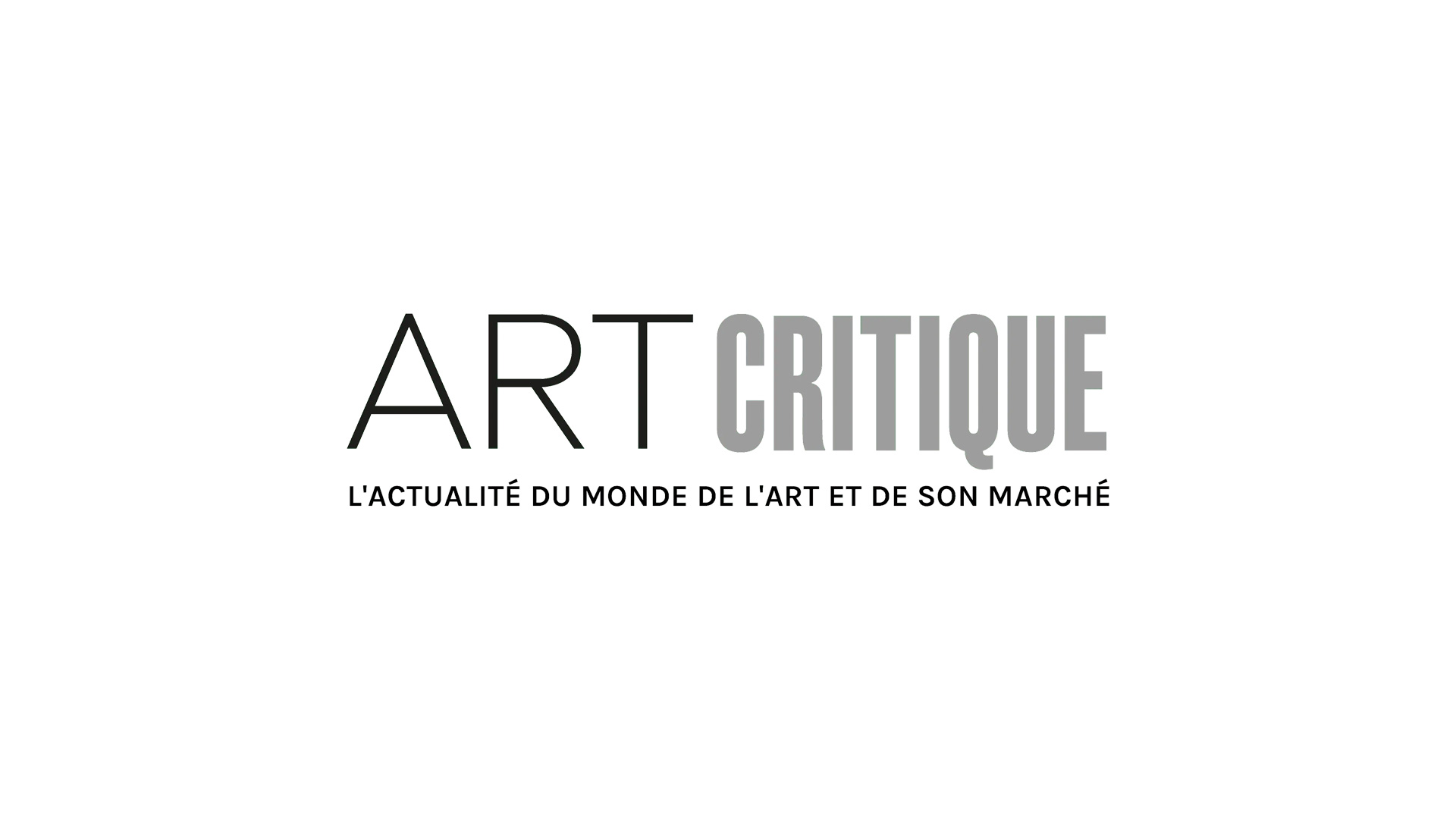The entire art world has been abuzz ever since former Louvre director Jean-Luc Martinez has been charged with fraud and money laundering in relation to an international artifact smuggling ring. This indictment has major implications for the institutional mecca of the arts as well as rippling effects on the art world at large. With the charges only having been laid in May, we’re still in the early stages of seeing the ramifications, but they’re evident in the recent seizure of Egyptian Antiquities in relation to this case.
The investigation into this smuggling ring has been going on for some time, and while Martinez’s role in it is still not confirmed, actions are already being taken by the parties involved. Five Egyptian antiquities valued at over $3million were confiscated from the Metropolitan Museum of New York by officials in connection to the investigation. These were mostly from the collection of German-Lebanese dealer Roben Dib who is a prime suspect in the ongoing investigation.
While those seized from the Met have not found their way homeward yet, the Egyptian Foreign Ministry made an announcement that they would be having other smuggled antiquities returned to them by way of Sweden. These objects included a stone sphinx, an alabaster statue of a woman, and a carving of the Egyptian god Bes, a deity of domestic spheres, motherhood, and children. An amicable exchange between the two nations shows a step towards reparations and reclamations for Egypt and its culture.
Much of the trafficked works from Egypt can be traced back to Arab Spring, the series of anti-government protests and rebellions occurring in the early 2010s. During this time of upheaval, antiquities were stolen from museums, mosques, and illegal dig sites during raids. It had been projected that over 33,000 antiquities had been missing since these events.
As the investigation continues to unfold, it’s certain that there is to be more unmasking in the upper echelons of the art world. It is no secret that many international museums have built themselves up on the theft of colonial crimes, but it is disheartening to think of those in positions of power in such imperative artistic spaces corroborating such greed and maliciousness. Hopefully, these events surrounding Egyptian antiquities are the start of a homeward journey for a great deal of culture.





